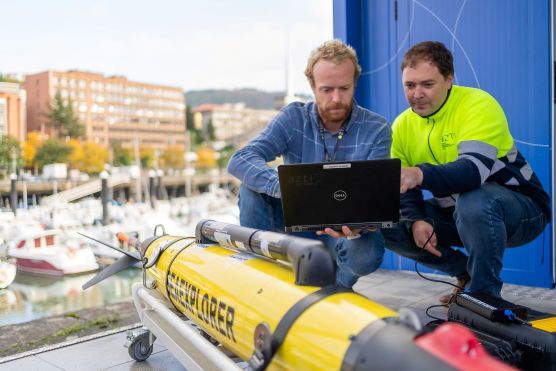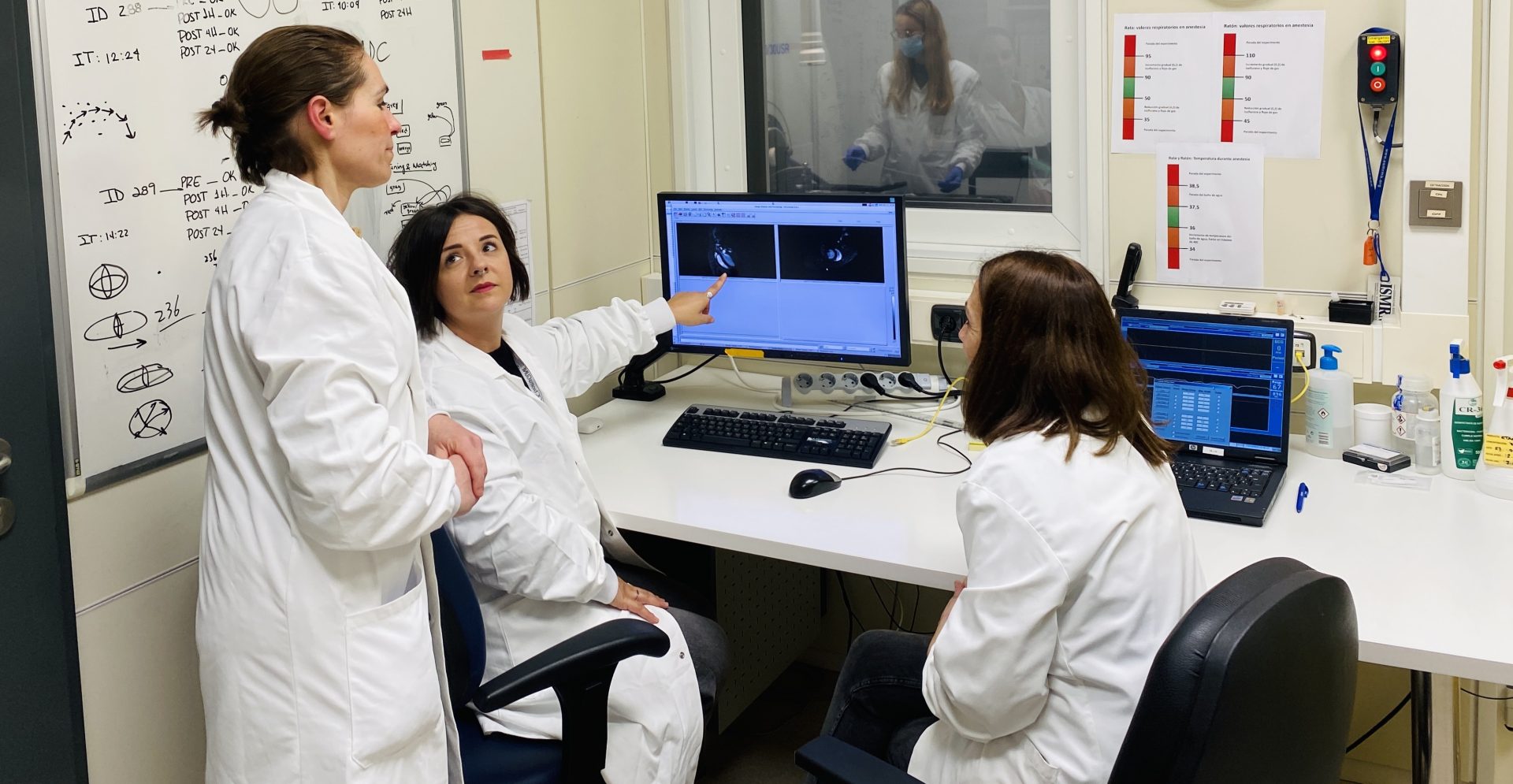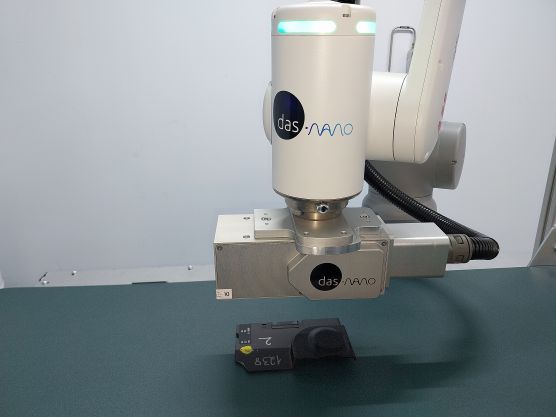AZTI incorporates two autonomous submarines into the Basque coastal observation network to study processes affecting marine ecosystems

AZTI has integrated two autonomous underwater gliders in the BIGFIS project to monitor the biogeochemical behaviour of the waters.
These data will help to understand how marine currents affect biogeochemical cycles, which are essential for the marine food chain and ecosystem
The Provincial Council of Gipuzkoa is backing the initiative through its support programme for the Gipuzkoa Science, Technology and Innovation Network.
Understanding the biogeochemical cycle – which includes the exchange and transformation of vital elements such as carbon, nitrogen and oxygen between organisms and their environment – is crucial. In this context, AZTI has been coordinating a detailed analysis of how ocean circulation influences these essential cycles that sustain the production of nutrients by phytoplankton, the basis of the oceanic food chain, since 2024 as part of the BIGFIS project.
The project, funded by the Provincial Council of Gipuzkoa, uses two innovative autonomous underwater gliders, known as gliders, equipped with advanced sensors. These devices are able to travel along the Basque coast to track ocean biogeochemical processes and provide data to the existing observation network that contributes to monitoring the evolution of the effects of climate change on marine ecosystems. This information, together with additional observations from satellites or existing observation platforms in the area such as high-frequency radars and mooring buoys, helps to improve the understanding of the relationship between physics and biogeochemistry to better understand their impact on these ecosystems.
‘The task of monitoring biogeochemical changes in the water column is complex, but thanks to our gliders, we can take detailed and extensive measurements, covering up to 1,000 metres in depth and more than 1,000 kilometres in distance, for periods of up to one or two months’, explains Iván Manso, an expert in marine technologies at AZTI and coordinator of the project.
Furthermore, these devices have a minimal environmental impact, as they operate in complete silence and move by means of changes in their buoyancy, making sawtooth-shaped trajectories. ‘Each time they surface, they transmit the collected data and receive instructions for their next movements,’ Manso adds.
The gliders offer a unique perspective, providing three-dimensional information that illustrates the interaction between ocean physics and biogeochemical cycling. The gliders are equipped with hydrographic sensors to measure water temperature and salinity. One of them includes additional sensors to measure oxygen, turbidity, chlorophyll, dissolved organic matter and nitrate levels. The other can detect schools of pelagic fish using an echo sounder.
Complementing an advanced observation network
These devices not only enrich the advanced observation network of the Basque Country, but also provide data with wide spatial-temporal coverage in places that are difficult to sample. This network includes the Gulf of Biscay Marine Climate Change Observatory OBSERVAMAR and the EuskOOS Operational Oceanography System, operated by AZTI in collaboration with Euskalmet, which provides real-time data on the state of the sea from the Basque coast up to 150 kilometres offshore.
The BIGFIS project, with a duration of one year, has the financial support of the Provincial Council of Gipuzkoa through its Support Programme for the Science, Technology and Innovation Network of Gipuzkoa.




